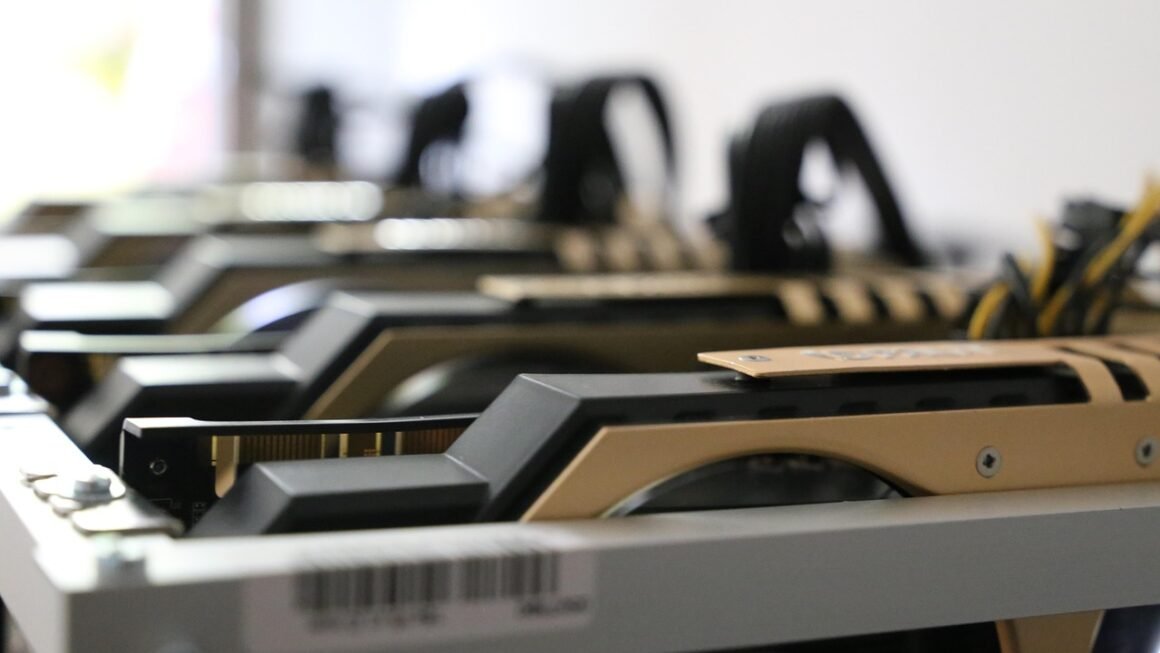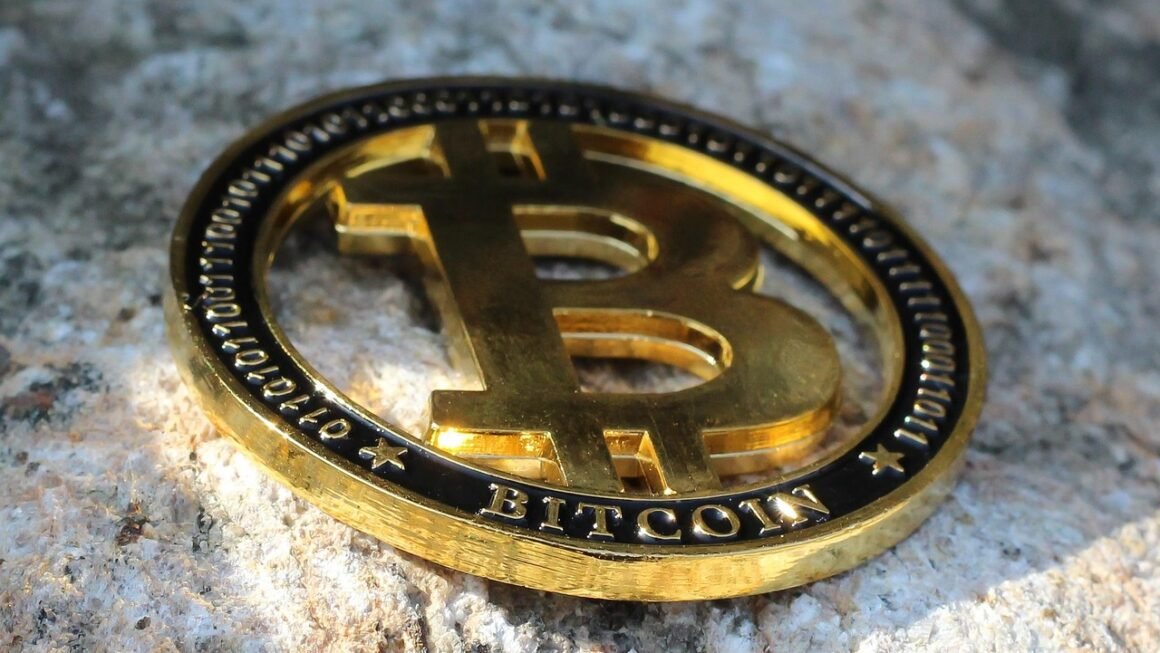Protecting your digital assets in the world of cryptocurrencies is paramount. With the increasing adoption of digital currencies like Bitcoin and Ethereum, understanding and implementing robust crypto security measures is no longer optional; it’s a necessity. This guide delves into the various aspects of securing your crypto, offering practical tips and insights to safeguard your investments from potential threats.
Understanding Common Crypto Security Threats
Phishing Attacks
- Definition: Phishing attacks involve deceptive attempts to acquire sensitive information, such as usernames, passwords, and private keys, by disguising as a trustworthy entity.
- Example: A user receives an email that appears to be from their crypto exchange, requesting them to update their account details. Clicking the link leads to a fake website designed to steal their login credentials.
- Prevention: Always verify the sender’s email address, be wary of unsolicited requests for personal information, and enable two-factor authentication (2FA) on your accounts.
Malware and Viruses
- Definition: Malicious software, including viruses, trojans, and keyloggers, can compromise your devices and steal your private keys or intercept transactions.
- Example: Downloading a seemingly harmless application from an untrusted source that contains a keylogger, which records every keystroke and sends the private key to a hacker.
- Prevention: Install reputable antivirus software, keep your operating system and applications updated, and avoid downloading files from untrusted sources. Use hardware wallets for long-term storage.
Exchange Hacks
- Definition: Cryptocurrency exchanges, due to their large holdings of digital assets, are prime targets for hackers. These breaches can result in significant losses for users.
- Example: The Mt. Gox hack in 2014, where over 850,000 Bitcoins were stolen, highlighting the vulnerability of centralized exchanges.
- Mitigation: Diversify your holdings across multiple exchanges, use strong, unique passwords, enable 2FA, and consider storing your funds in cold storage for long-term holdings. Research the security practices of any exchange you use.
Smart Contract Vulnerabilities
- Definition: Smart contracts, self-executing contracts on the blockchain, can contain vulnerabilities that hackers can exploit to drain funds.
- Example: The DAO hack in 2016, where a flaw in the DAO’s smart contract allowed a hacker to siphon off millions of dollars worth of Ether.
- Prevention: Before interacting with a smart contract, research its audit history. Use platforms with thoroughly audited smart contracts. Be wary of contracts promising unrealistically high returns.
Securing Your Wallets
Choosing the Right Wallet Type
- Hot Wallets: These wallets are connected to the internet, offering convenience but are more susceptible to attacks. Examples include mobile wallets, desktop wallets, and exchange wallets.
- Cold Wallets: These wallets are offline, providing a higher level of security. Examples include hardware wallets and paper wallets.
- Considerations:
Convenience vs. Security: Hot wallets are suitable for everyday transactions, while cold wallets are better for long-term storage.
Hardware Wallets: Offer a secure way to store private keys offline, protected by a PIN and often featuring a secure element. Ledger and Trezor are popular brands.
* Software Wallets: Can be convenient but require diligent security practices to avoid malware or phishing.
Best Practices for Wallet Security
- Strong Passwords: Use strong, unique passwords for all your crypto accounts. A password manager can help generate and store complex passwords.
- Two-Factor Authentication (2FA): Enable 2FA on all accounts that support it. Use authenticator apps like Google Authenticator or Authy instead of SMS-based 2FA, which is more vulnerable to SIM swapping attacks.
- Backup Your Wallet: Create a secure backup of your wallet’s seed phrase or private key. Store it offline in a safe place. Losing your seed phrase means losing access to your funds.
- Regularly Update Your Software: Keep your wallet software and operating system updated to patch security vulnerabilities.
- Use a Dedicated Device: Consider using a dedicated device for crypto transactions to minimize the risk of malware infections.
Enhancing Privacy and Anonymity
Understanding Privacy Concerns in Crypto
- Blockchain Transparency: Cryptocurrency transactions are often publicly recorded on the blockchain, which can expose your financial activity.
- Privacy Coins: Cryptocurrencies like Monero and Zcash offer enhanced privacy features to obscure transaction details.
Practical Steps for Enhancing Privacy
- Use a VPN: A Virtual Private Network (VPN) can mask your IP address, making it harder to trace your online activity back to you.
- Coin Mixing Services: Services like CoinJoin can mix your coins with other users’ coins to obfuscate the transaction trail. Note that some jurisdictions may have legal restrictions on using these services.
- Use Multiple Wallets: Spreading your funds across multiple wallets can make it more difficult to track your overall holdings.
- Be Mindful of KYC/AML Requirements: While Know Your Customer (KYC) and Anti-Money Laundering (AML) regulations are designed to prevent illicit activities, they can also compromise your privacy. Be aware of the data you’re sharing when using exchanges or services that require KYC/AML verification.
Staying Informed and Vigilant
Following Security News and Alerts
- Stay Updated: Keep abreast of the latest security threats and vulnerabilities in the crypto space.
- Reputable Sources: Follow reputable security blogs, cryptocurrency news outlets, and social media accounts of security experts.
- Alerts and Notifications: Sign up for security alerts from your exchanges and wallet providers.
Recognizing and Avoiding Scams
- Ponzi Schemes: Be wary of schemes promising unrealistically high returns. These are often Ponzi schemes that collapse when new investors stop joining.
- Pump and Dump Schemes: Avoid participating in pump and dump schemes, where scammers artificially inflate the price of a cryptocurrency and then sell their holdings for a profit, leaving other investors with losses.
- Impersonation Scams: Be cautious of individuals impersonating legitimate companies or representatives. Always verify the identity of the person you are communicating with.
Conclusion
Securing your crypto assets requires a proactive and multifaceted approach. By understanding common threats, implementing robust security measures for your wallets, enhancing your privacy, and staying informed about the latest scams and vulnerabilities, you can significantly reduce the risk of becoming a victim of crypto-related crime. Remember, security is an ongoing process, and constant vigilance is key to protecting your digital wealth in the dynamic world of cryptocurrencies.



